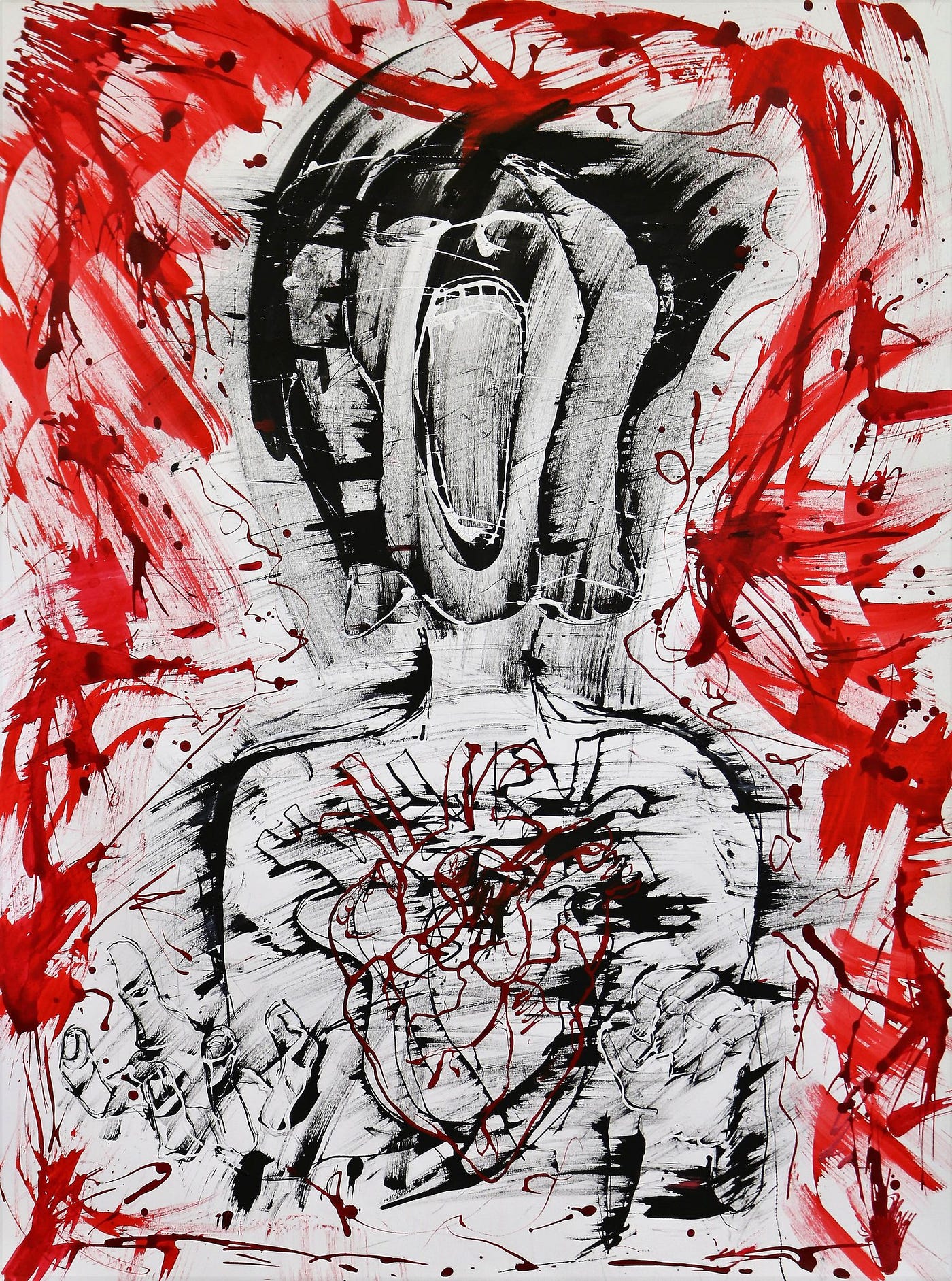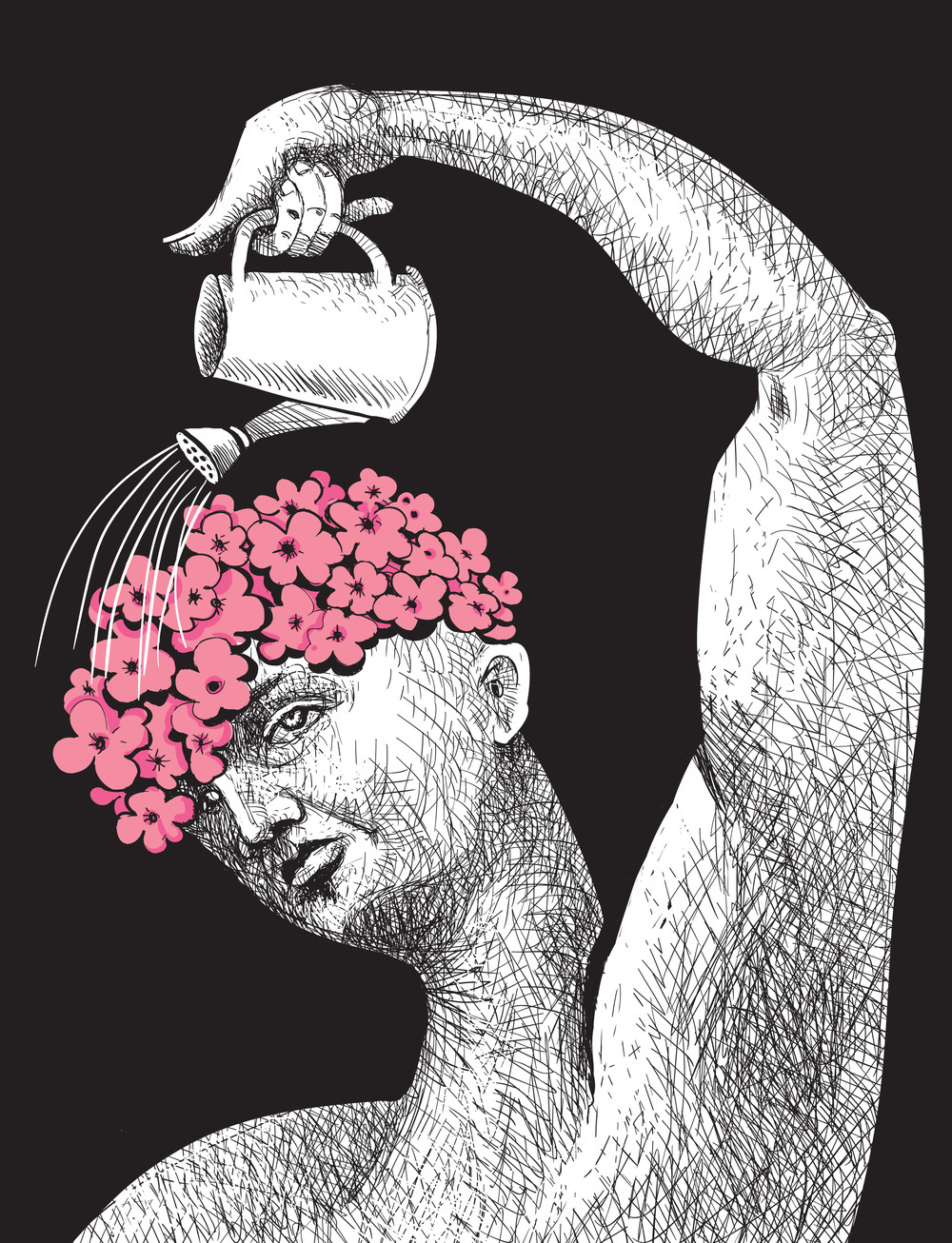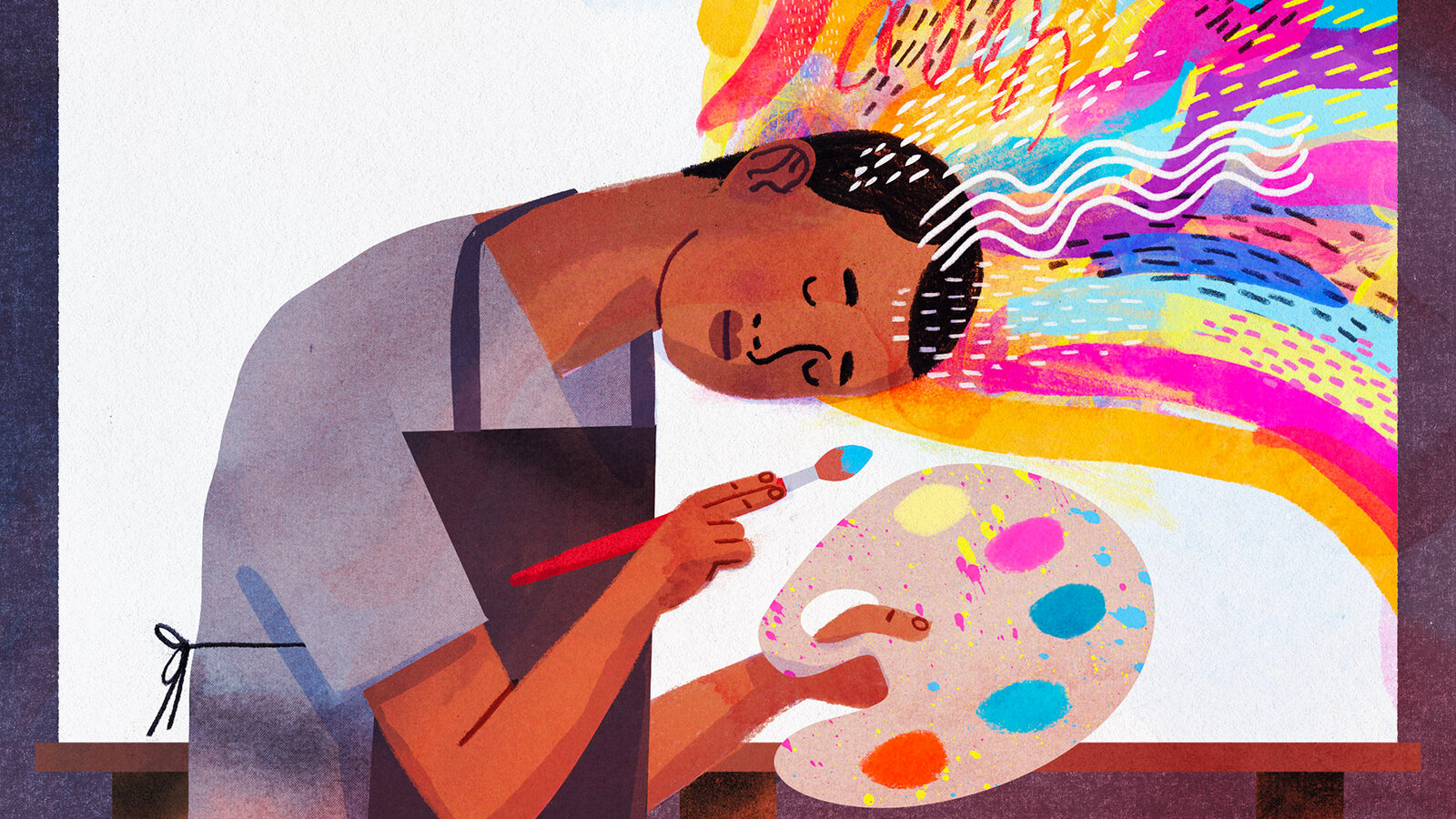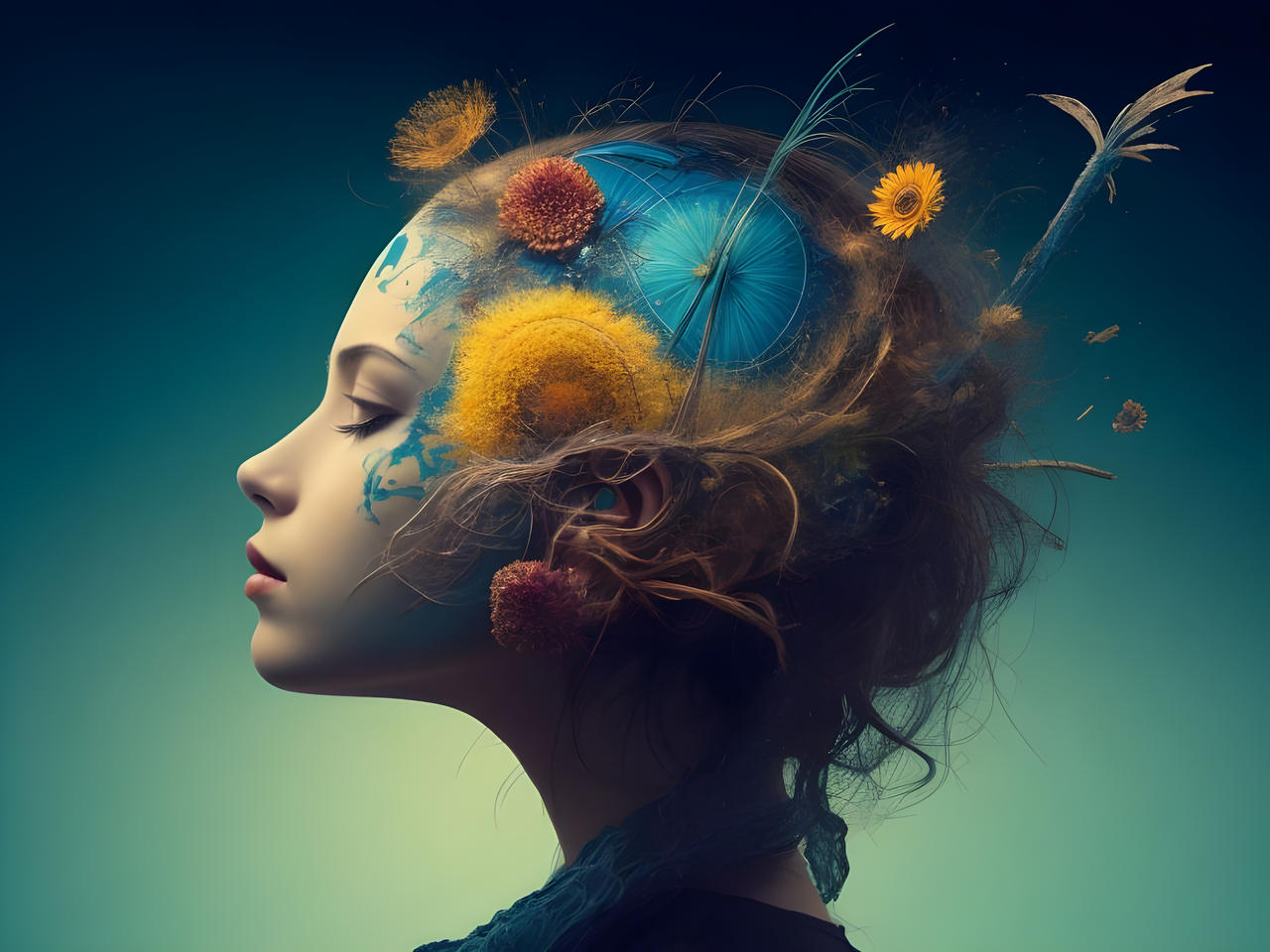The Role of Art in Mental Health: Insights from MakeMore Artists
In today's fast-paced and often stressful world, finding effective ways to maintain mental health and well-being has become increasingly important. While traditional methods such as therapy and medication play crucial roles, alternative approaches are also gaining recognition for their therapeutic benefits. One such approach is art. Art therapy has long been recognized for its ability to provide emotional relief, foster self-expression, and enhance overall mental well-being. At the London Festival MakeMore, artists have shared their unique perspectives on how art influences mental health, offering valuable insights into this powerful connection.


Art as a Therapeutic Outlet
Art provides a safe space for individuals to express their thoughts and emotions without the need for words. For many, this form of expression can be particularly beneficial when dealing with complex feelings that are difficult to articulate. Lisa Morgan, a visual artist featured at MakeMore, explains, "Art allows me to channel my emotions in a way that words simply cannot. It's a form of release that helps me process my experiences and find peace."
This sentiment is echoed by numerous artists at the festival, who emphasize the cathartic nature of creating art. Whether through painting, sculpture, or digital media, the act of creation offers a therapeutic outlet that can help alleviate anxiety, depression, and other mental health issues. The repetitive motions involved in certain art forms, such as drawing or weaving, can also induce a meditative state, promoting relaxation and reducing stress.
For those interested in further exploring the intersection of art and mental health, numerous mental health research topics delve into the therapeutic benefits of creative expression, providing a wealth of knowledge and resources.
Enhancing Self-Awareness and Self-Esteem
Engaging in artistic activities can significantly enhance self-awareness and self-esteem. Through the process of creating art, individuals can gain deeper insights into their inner world, leading to greater self-understanding and acceptance. MakeMore artist and sculptor, David Turner, shares his experience: "Working with clay has taught me patience and self-compassion. Each piece I create is a reflection of my journey, and it reminds me of my resilience and growth."
For individuals struggling with low self-esteem or self-worth, the act of creating something tangible can be incredibly empowering. Completing an art project, regardless of the medium, provides a sense of accomplishment and pride. This boost in self-esteem can have a ripple effect, positively influencing other areas of one's life, including personal relationships and professional pursuits.

Building a Sense of Community
The London Festival MakeMore is a testament to the power of art in building a sense of community. The festival brings together artists from diverse backgrounds, fostering a supportive environment where individuals can connect and share their experiences. This sense of community is crucial for mental health, as social support is a key factor in emotional well-being.
Artist and MakeMore participant, Sarah Lopez, highlights the importance of this connection: "Being part of a community of artists has been incredibly healing for me. We support each other, share our struggles, and celebrate our successes together. It's a reminder that we are not alone in our journey."
For many, the isolation and loneliness that often accompany mental health challenges can be alleviated through participation in art communities. These communities provide a space where individuals can feel understood and valued, fostering a sense of belonging and reducing feelings of isolation.

Art as a Tool for Communication
Art can serve as a powerful tool for communication, especially for those who find it challenging to express their feelings verbally. This is particularly relevant for individuals dealing with trauma or emotional distress. Art therapist and MakeMore contributor, Dr. Emily Harris, explains, "Art allows my clients to communicate their experiences in a non-verbal way, which can be less intimidating and more accessible than traditional talk therapy."
Through the use of colors, shapes, and textures, individuals can convey their emotions and experiences in a way that feels safe and manageable. This form of communication can be particularly beneficial for children and adolescents, who may struggle to articulate their feelings through words alone. By providing an alternative means of expression, art can facilitate emotional healing and foster a deeper understanding of one's inner world.
Promoting Mindfulness and Presence
The process of creating art encourages mindfulness and presence, which are essential components of mental well-being. When engaged in artistic activities, individuals often enter a state of flow, where they are fully immersed in the present moment. This state of flow can provide a temporary respite from the worries and stressors of daily life, promoting relaxation and mental clarity.
MakeMore artist and painter, Olivia Bennett, describes her experience with mindfulness through art: "When I'm painting, I lose track of time and all my worries fade away. It's just me and the canvas, and that sense of presence is incredibly calming."
Mindfulness practices, including those facilitated through art, have been shown to reduce symptoms of anxiety and depression, improve emotional regulation, and enhance overall mental health. By fostering a state of presence and awareness, art can serve as a valuable tool for promoting mental well-being.
Insights from MakeMore Artists
The insights shared by artists at the London Festival MakeMore highlight the multifaceted role of art in supporting mental health. Through personal stories and professional expertise, these artists demonstrate how art can serve as a therapeutic outlet, enhance self-awareness and self-esteem, build community, facilitate communication, and promote mindfulness.
As we continue to explore innovative approaches to mental health care, the contributions of artists and the practice of art therapy offer valuable perspectives and tools.
In conclusion, the role of art in mental health is profound and multifaceted. The London Festival MakeMore serves as a vibrant platform for showcasing the healing power of art, offering inspiration and hope to individuals seeking alternative methods of emotional support. As we celebrate the creativity and resilience of artists, we are reminded of the transformative potential of art in nurturing our mental well-being.